Integrating the go-to-market approach and leveraging technology for strategic decision-making

Intellectual
Capital

Manufactured
Capital

Social and
Relationship
Capital

Financial
Capital
Our agile go-to-market approach, which is tailored to specific geographic contexts, is the backbone of our business. By leveraging technology and analytics, innovating for local contexts, and building more agility in our supply chain, we are able to serve our consumers with greater precision and purpose.
We will continue to invest in enhancing our Intellectual Capital, making our Manufactured Capital more agile, and creating joint value with our partners to maximise Social and Relationship Capital. This, in turn, will translate into stronger Financial Capital value.
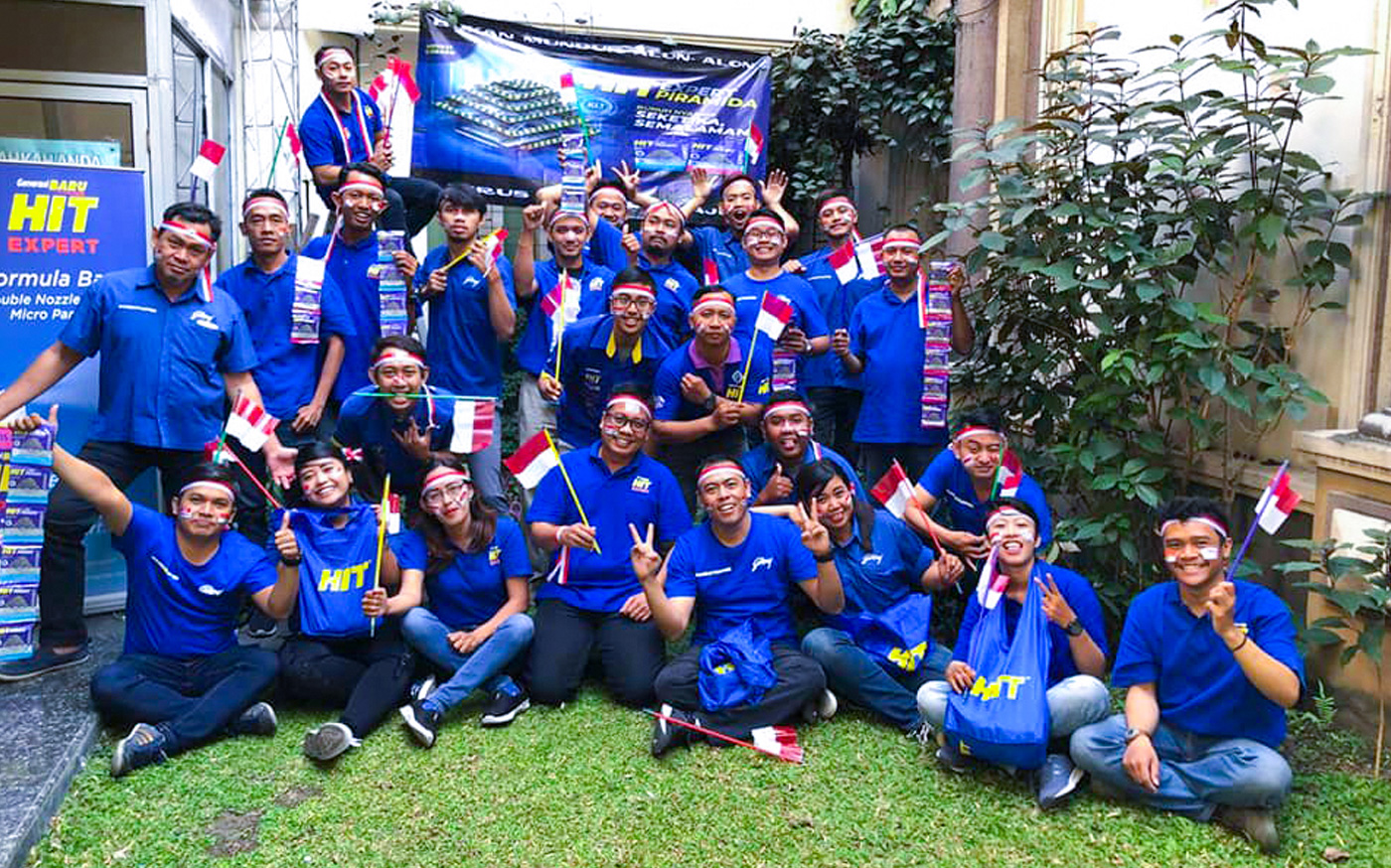
Our Godrej Indonesia Sales
team at a promotion activity
for the HIT Expert Pyramida
We believe there is tremendous potential for long-term growth in emerging markets. This will power global consumption and growth over the next couple of decades. Accordingly, we have centred our growth strategy on targeting these markets and the emergent consuming class. As incomes increase, purchasing power will improve and these markets will mature. The new distribution systems will enable greater reach and, to leverage this, we are ramping up our go-to-market strategy.
In India, we have deepened penetration in traditional trade. Our focus is now on strengthening growth in newly acquired stores through an assortment mix. In urban India, future store expansion will be through opportunity-based micro-segmentation. Rural penetration will continue to be critical. We aim to expand direct presence to 80,000 villages over the next 3 years, focusing on sub-5,000 population villages in
key states.
We have a strategic, focused approach to conquer ‘micro markets’. Through extensive data and analytics, we have defined and segmented micro markets (usually, a specific cluster of districts) for each of our brands. This helps in prioritising marketing and distribution efforts. We can now track performance and provide actionable insights at granular levels. In modern trade, growth will be enabled through chain state group prioritisation and joint business planning with key customers.
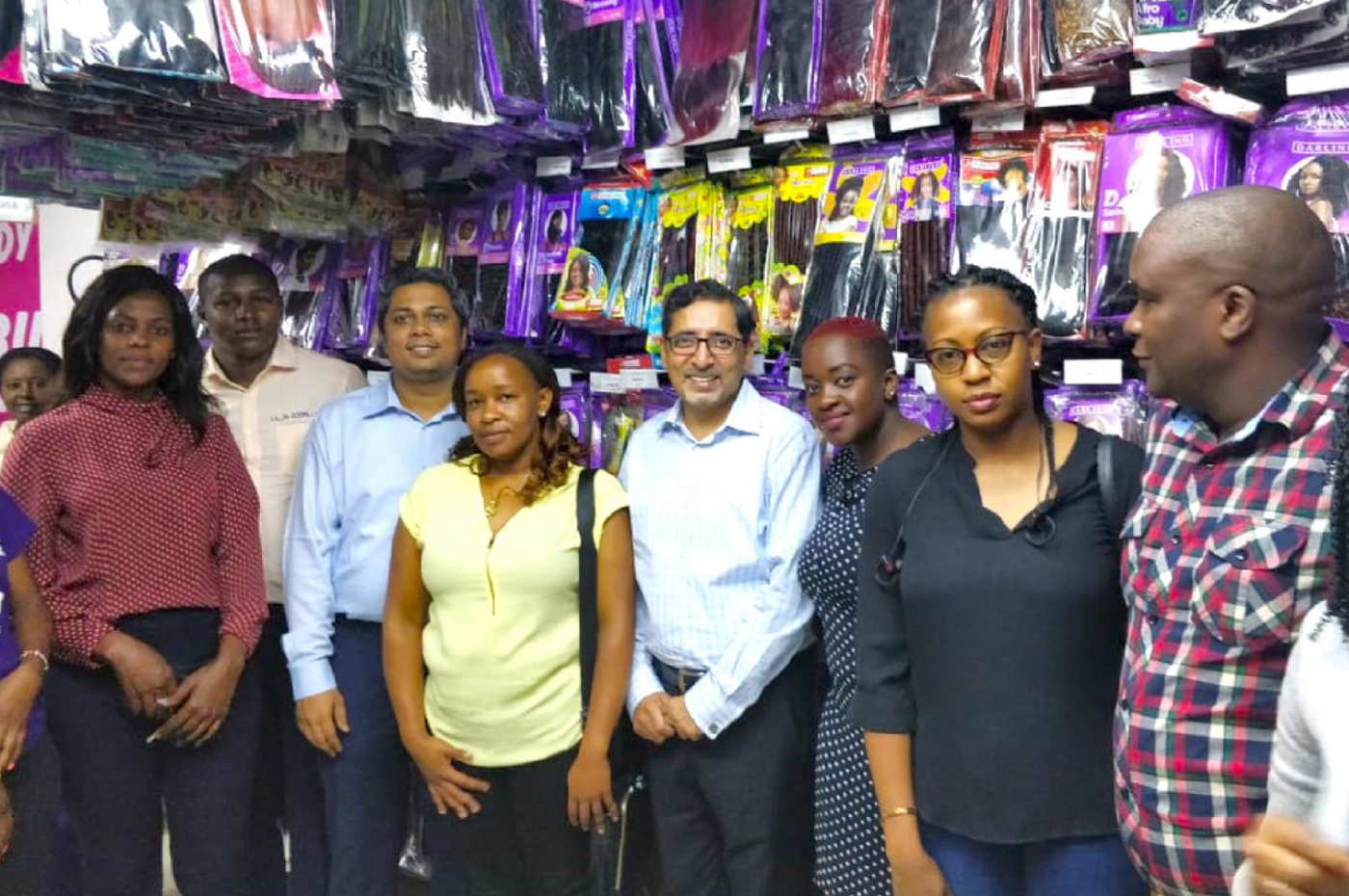
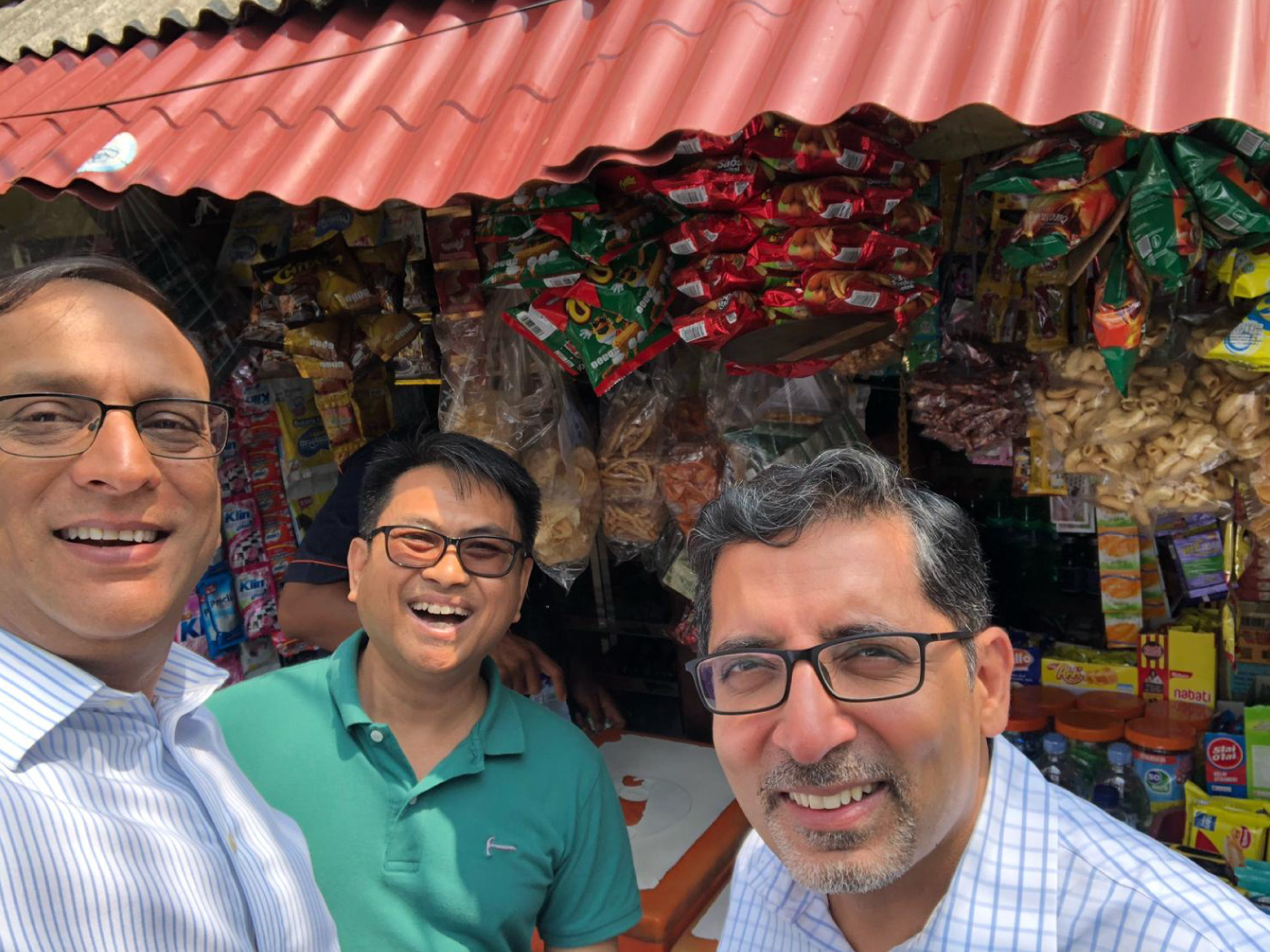
Vivek Gambhir, our Managing Director, visits markets in Jakarta and Kenya with our sales teams
In our SAARC businesses, the Bangladesh team is expanding direct reach to 1,00,000 outlets and driving sales force automation through handheld devices for salespeople. In Sri Lanka, the team is building our own distribution network, which is backed by a distributor management system and sales force automation.
Our Indonesian team continues to build on a go-to-market transformation. Consequently, the number of active outlets has increased by 17 per cent, thereby resulting in 1,10,000 monthly outlet transactions. This was enabled by significant additions to the number of salespeople on ground and, productivity improvements. Through improved collaborations with regional distributor partners, we are enhancing focus on general trade and local modern trade channels. We have shifted the coverage of key accounts in modern trade to third-party logistics partners.
We are ramping up our go-to-market efforts across Africa. In Nigeria, where trade is largely unorganised and wholesale-led, we are scaling up reach through a more intensive redistribution network. The team is also driving higher same-store throughputs with improvements in range and quality of execution. Generating demand through new product seeding models will help initial retail penetration.
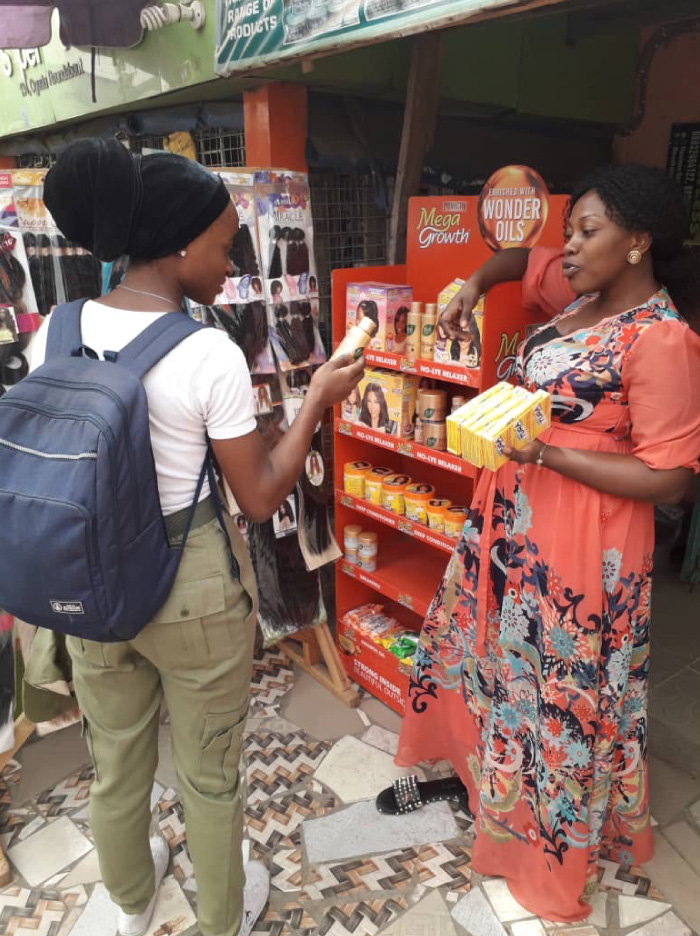
Ramping up go-to-market
activations in Nigeria
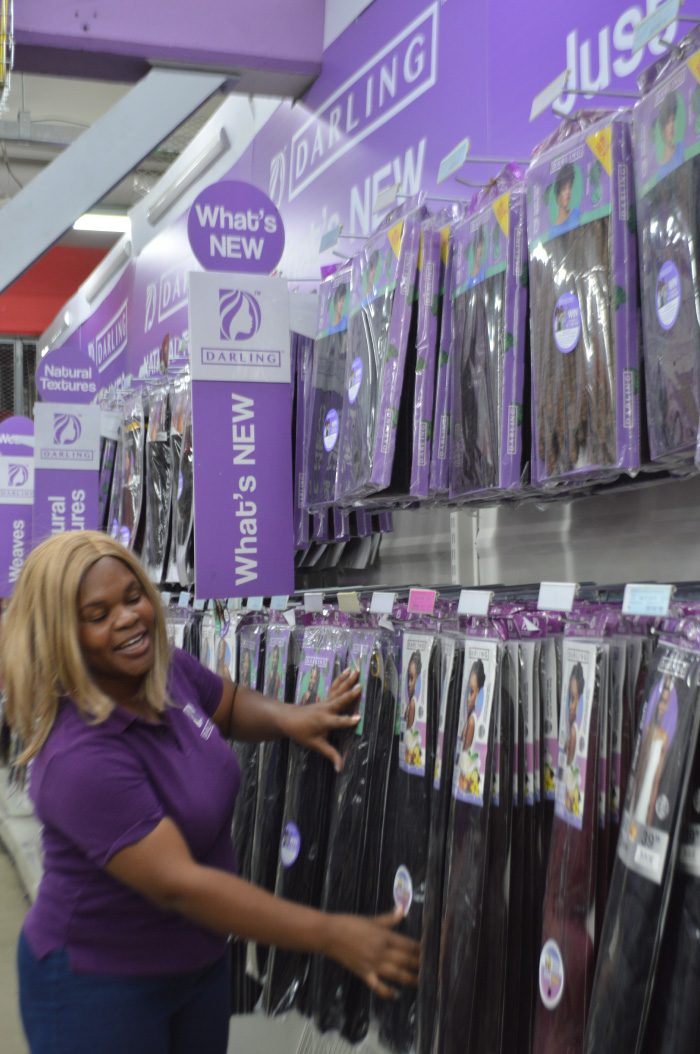
Enhancing shopper
experience through
the Perfect Store pilot
in South Africa
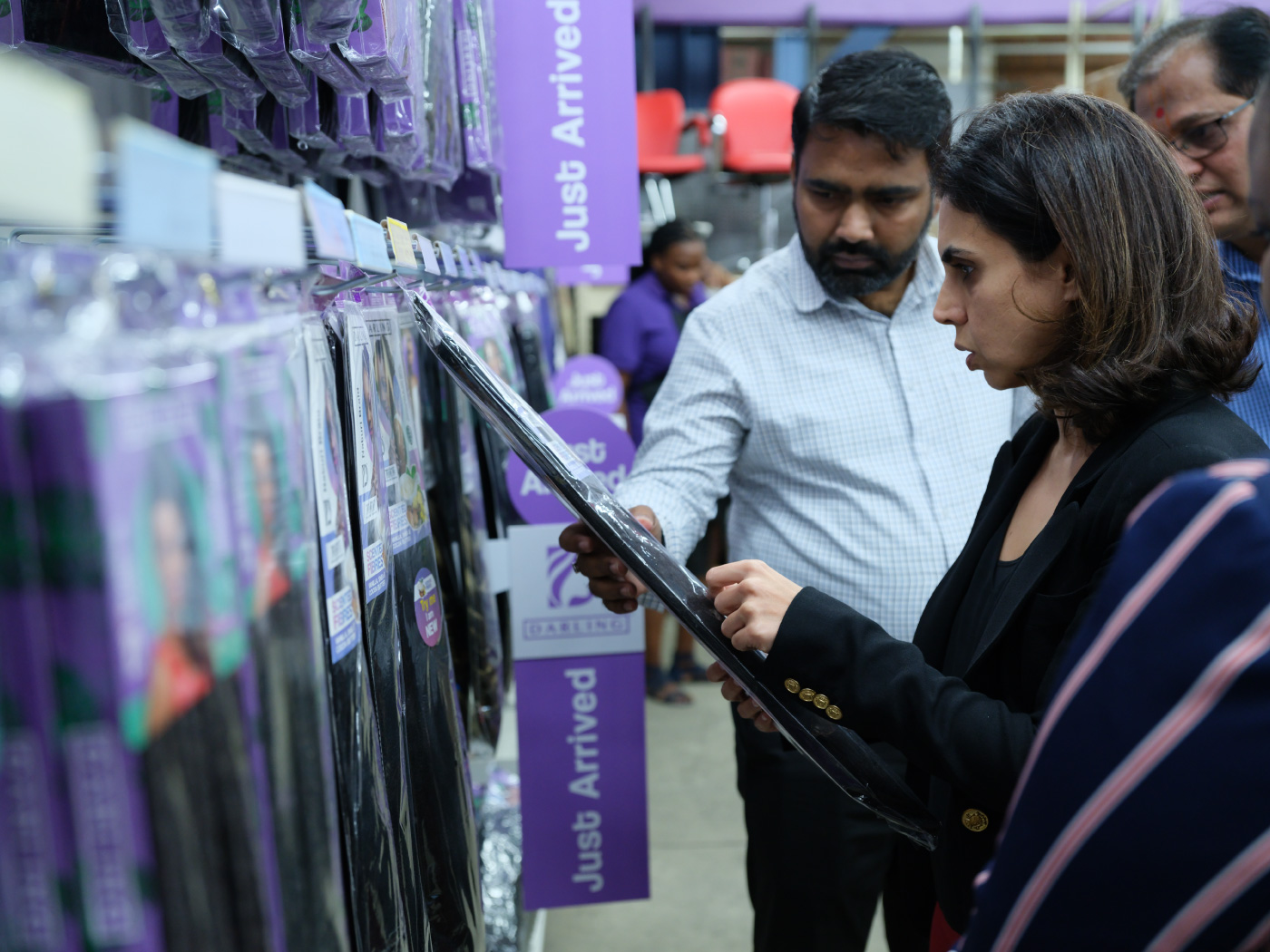
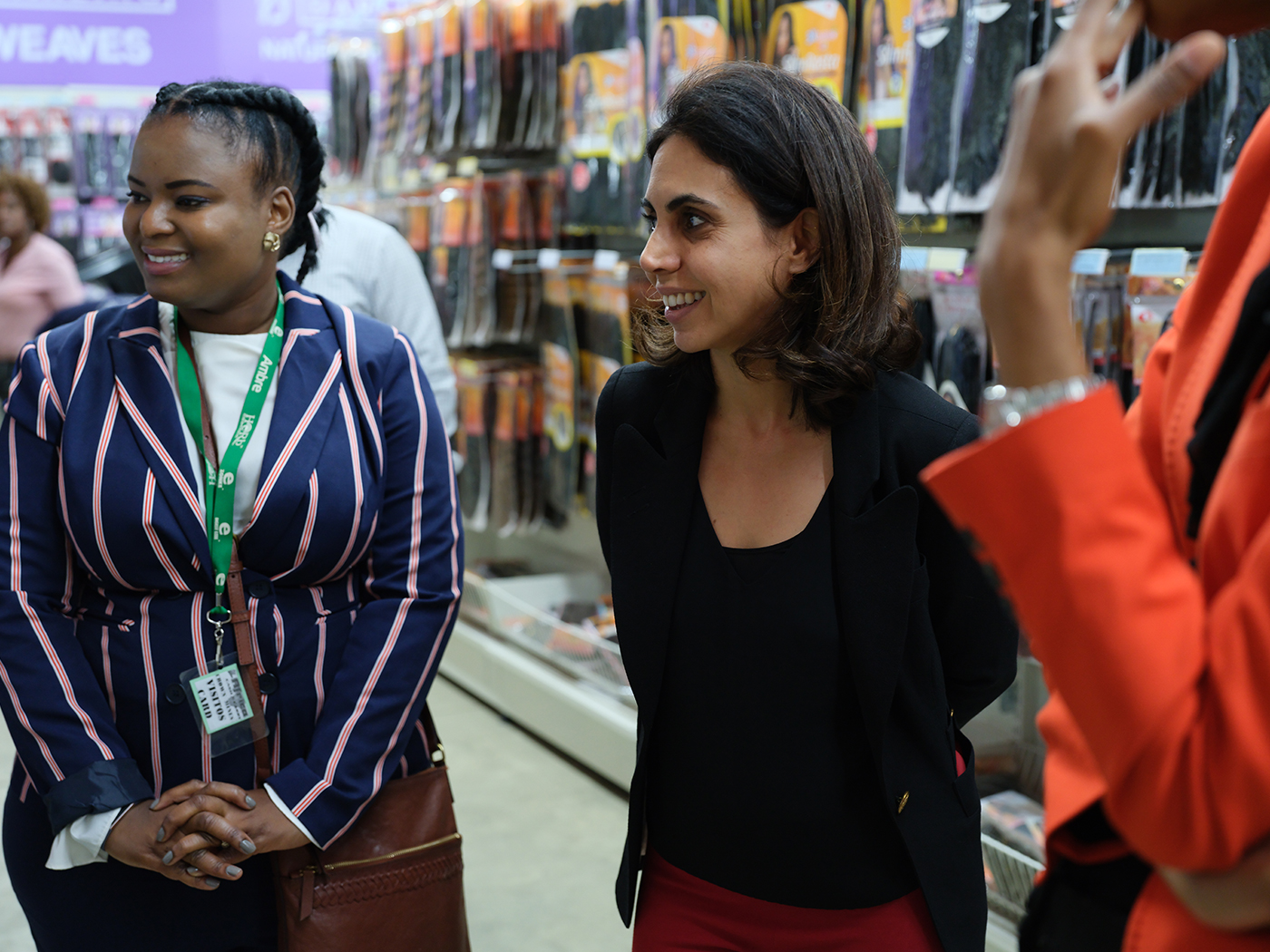
Our Executive Chairperson, Nisaba Godrej,
visits a market in South Africa
In Kenya, we continued scaling up distribution expansion through a combination of various models (sub-distributor, van sales, and wholesale-assist). We have shifted focus significantly from primary sales to secondary sales, through strong partnerships with distributors and by monitoring the distributor ERP system. For frontline sales in dry hair care, where product knowledge is a key differentiator, we have a ready talent pool from blue collar factory workers.
In South Africa, we piloted a ‘Perfect Stores’ programme to increase sales by enhancing shopper experience and maximising shopper conversion opportunities. This was done across the top 40 stores that contribute to 80 per cent to our turnover, and it was activated through impactful branded point-of-sale communication and trained beauty advisors.
E-commerce represents a strong opportunity for us to win in a fast-growing channel and leverage the unique reach of this channel for bringing innovative products and brands to market. In order to capitalise on this, we have set up an independent e-commerce business unit in India with separate P&L accountability and fully functional capabilities across sales, marketing, innovation, supply chain, and finance. This structure will deliver the agility and consumer focus required to win in this fast-evolving space. The team is now fully operational and seeing results with over 75 per cent year-on-year growth.
Underpinning this, we are building a strong data backbone in order to leverage the data-rich environment of e-commerce and drive our efficiency and effectiveness across the board. We are targeting growth from e-commerce focused product innovation and digital native brands.

HIT Anti-mosquito Racquet, an e-commerce focused product innovation
A good example of this is the HIT Anti-mosquito Racquet, which was launched in September 2019 and has shown encouraging sales traction. In parallel to the work on innovation, we aim to drive our core brands more strongly on e-commerce through superior execution coupled with strong, strategic
retailer engagement.
Through joint business planning, promotion strategies, and online content, we have made significant upgrades to our capabilities, which are yielding results in terms of on-platform conversion rates and off-takes.
We have created a dedicated e-commerce team in the USA that has shown success over a short period of time (over 125 per cent year-on-year). In Indonesia too, we have recorded a 78 per cent increase in our
e-commerce business.
In Africa, our Dry Hair and Wet Hair categories are a natural fit for digital engagement and e-commerce traction. Our black hair information and inspiration platform, www.blackhairhub.com, hosts African blogger and consumer-generated content on our social media handles and our website. It is a perfect medium to gain consumer insight as well as to promote
our products.
Going forward, we will be experimenting with two different e-commerce models for the premium hair and hair care categories direct-to-consumer (D2C) platforms (in Nigeria), and brand-managed stores on popular e-commerce platforms (in Kenya and South Africa). This will add to our existing extensive e-commerce platform presence and help increase the online visibility of our brands.
Innovations and start-up efforts in FMCG last mile distribution have started altering the overall landscape of sales and distribution. To leverage the benefits, we are strengthening internal capabilities. We have integrated different technology solutions across the value chain, starting with our salespeople on ground through to our many channel partners. Predictive analytics enables our urban salespeople to sell the right assortment in a store. At the same time, GPS-enabled hand-held terminals help us track our distribution network and uncover efficiency gaps. We plan to expand this to our rural networks as well for stronger in-market execution. Analytics is also helping us improve distributor replenishment by minimising sales losses due to
stock-outs.
Our micro-marketing approach in India helps combat inefficiencies and focuses spending on targeted markets, rather than spreading it thin across larger segments. For example, we had a successful targeted Maharashtra launch for our Godrej No. 1 Abhyang Snan soap range, the first regional soap launch by a leading national brand, which was supported by on-ground and TV/ digital campaigns. For Godrej Expert Rich Crème, we wanted to target consumers during the festive season, so we created #NayaAvatar, a localised Maharashtra campaign during Ganpati festival. Through regionally contextual print ads, a big digital push to crowdsource a #NayaAvatar of the popular Ganesh Arti and a special TVC for the Marathi audience, we were able to build relevance for the category that had a marked rub-off on brand markers in the months ahead. We also invested in focused weighted distribution initiatives in priority micro markets in Uttar Pradesh, Maharashtra, and
West Bengal.
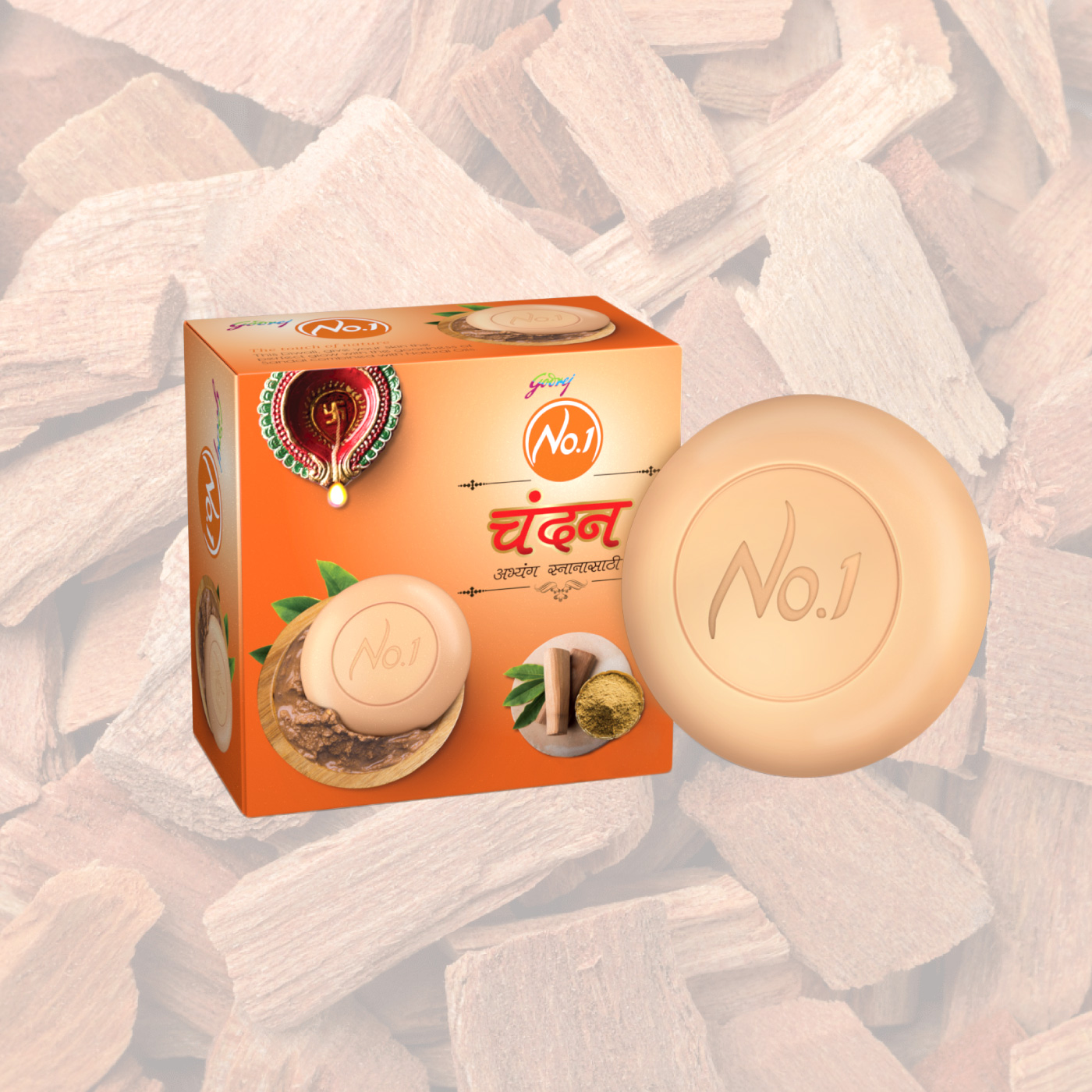
Leveraging micro marketing to launch the Godrej No. 1 Abhyang Snan soap
In Africa, salesforce automation has helped expand coverage and improve brand visibility across the subcontinent. Following the roll-out across the general trade and salon channels, the focus will now be on scaling up distribution, extracting efficiencies and
building accountability.
Technology has played a key role in improving field-force productivity in our Indonesian business. Hand-held terminals guide and track on-ground decision-making, and analytics help drive sharper execution. Regional distributors are connected and serviced through an online portal with simplified e-claim settlements.
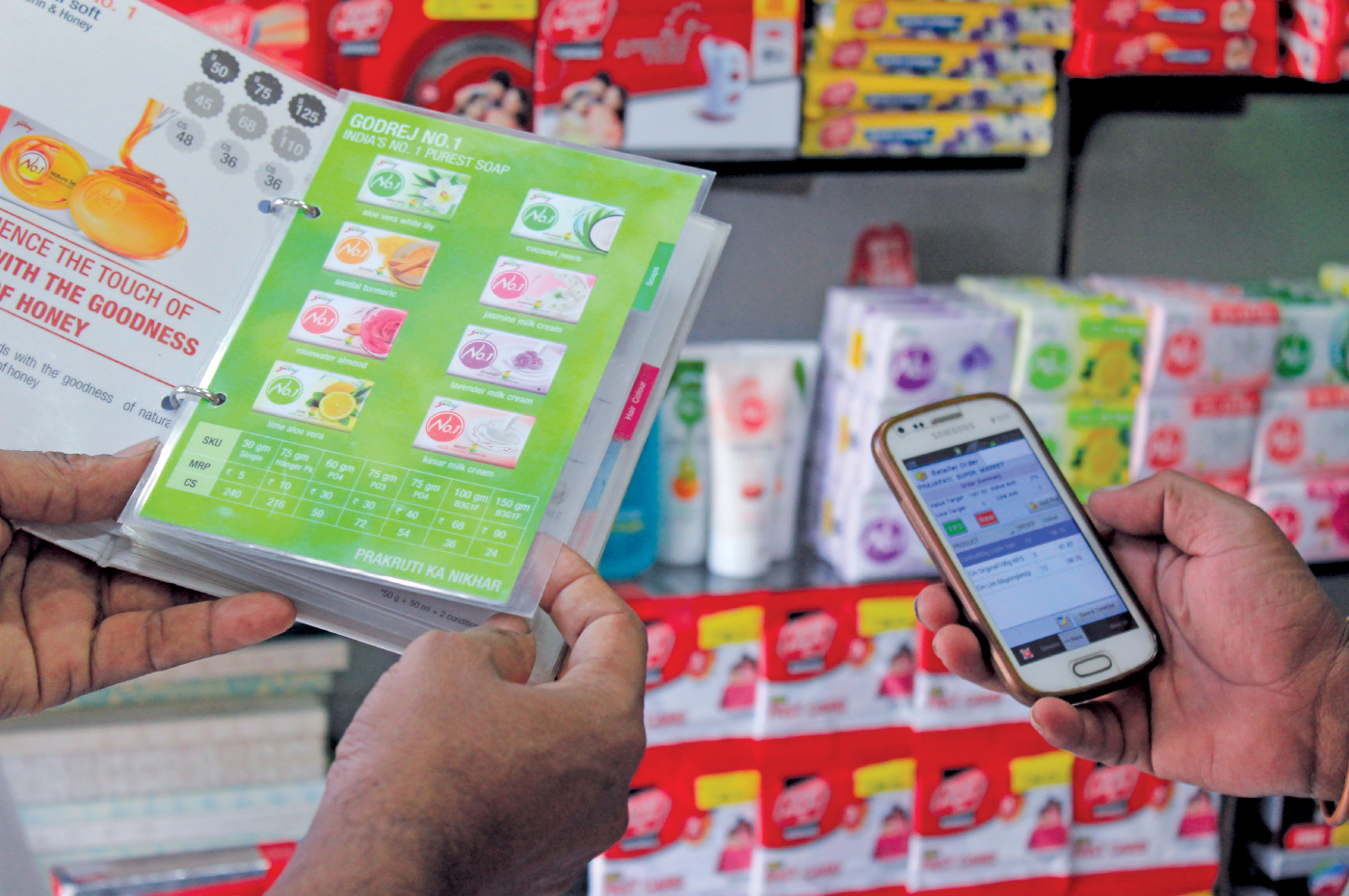
Predictive analytics and
data-driven decision
making play a key role
in boosting in sales
One of our biggest priorities in India is channel partner engagement through our ‘Unnati’ and ‘Bandhan’ loyalty programmes. We also meet and share ideas and feedback at forums such as new product launches and outbound meetings. Going forward, we want to further strengthen these programmes and enable our partners to grow alongside emerging disruptive distribution models. We will continue to seek for more meaningful ways to create shared value for our partners. In modern trade, for example, it will be through joint business planning with key partners. For long-term loyalty programmes such as Parivaar and Golden Club, we will pilot initiatives such as WhatsApp connect forums and direct transfer of payo-uts. Our regional distributor network in Indonesia contributes a significant share to the business. Therefore, we are exploring different ways to enhance these partnerships, including leveraging technology for better efficiencies.
Salons and stylists are our key partners in the hair care category in Africa. In addition to initiating training programmes for stylists, which help them become self- employed, we are scaling up salon connect programmes to drive penetration and usage and build engagement and advocacy.
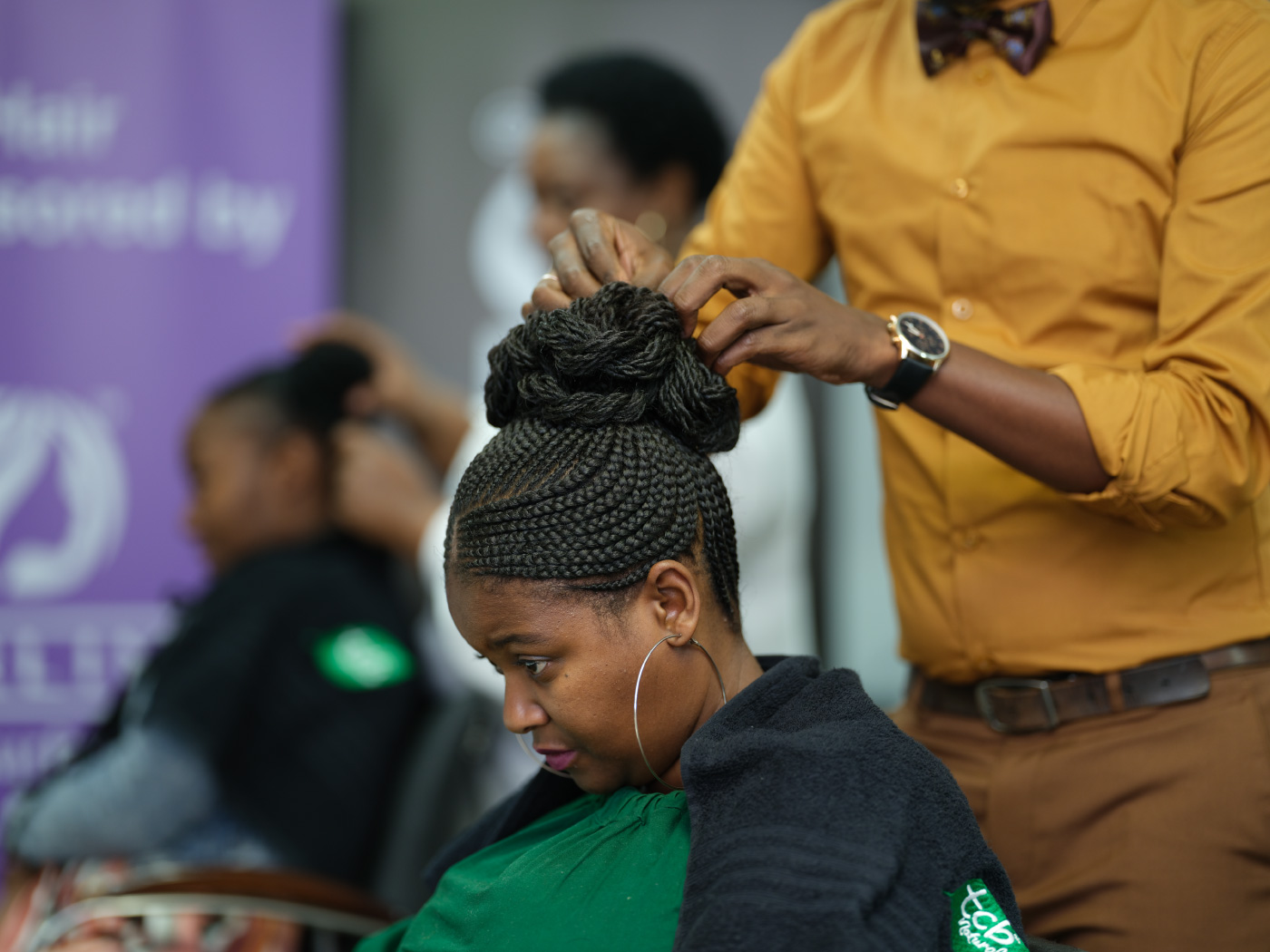
Engaging with
our salon partners in Africa